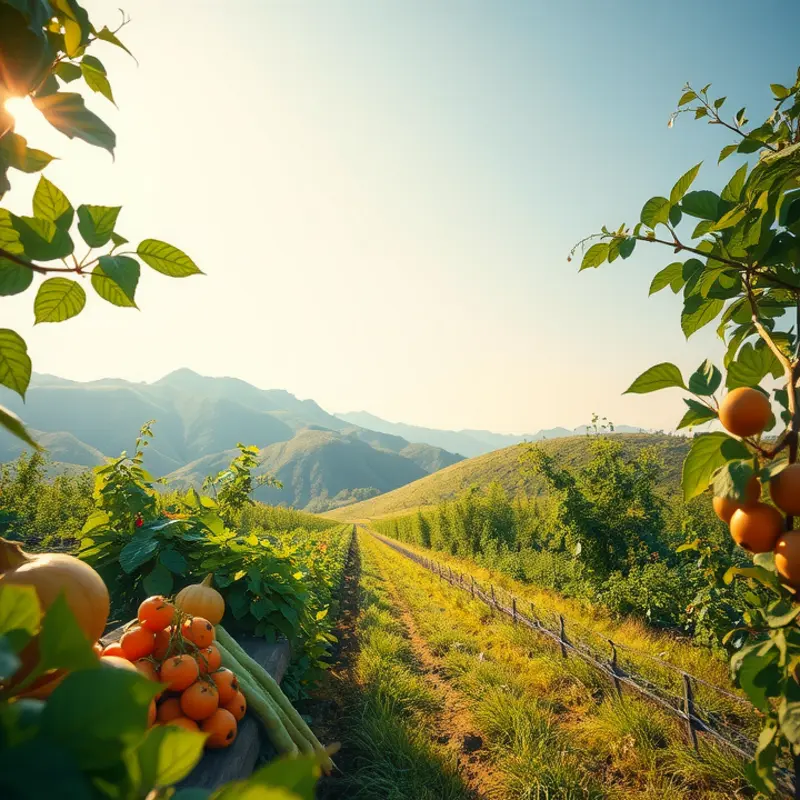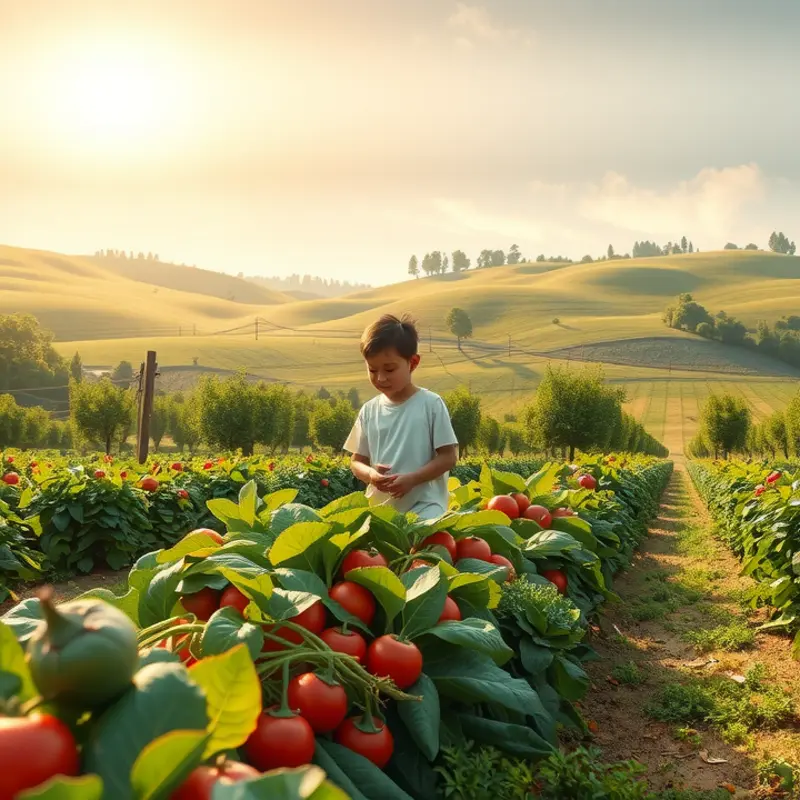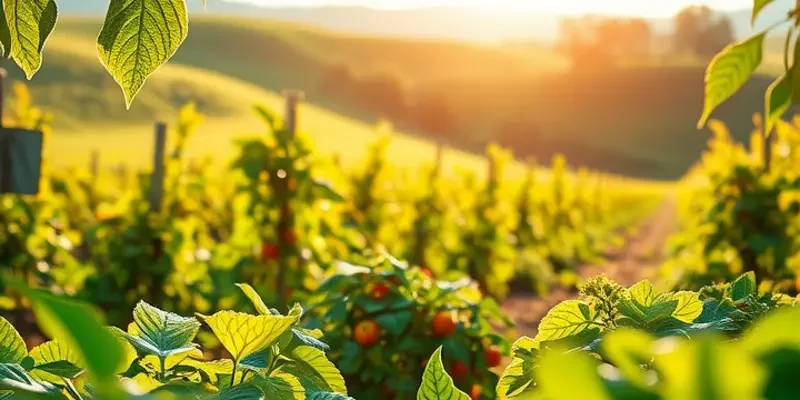Sautéing vegetables is a fundamental technique that elevates their flavors and textures, making them a fantastic addition to any meal. Whether you’re preparing a quick stir-fry, a colorful salad, or a hearty pasta, mastering this method will turn your cooking into a delightful experience. With some simple tips and the right practice, you’ll learn how to achieve perfectly sautéed vegetables every time.
Choosing the Right Vegetables for Sautéing

Mastering the art of sautéing begins with selecting the right vegetables. Each type of vegetable offers unique flavors and textures, which can elevate your dish when cooked properly. To understand which vegetables will complement your sauté, it’s important to consider their characteristics and how they respond to heat.
Some vegetables are naturally suited for sautéing due to their texture and water content. For instance, zucchini, bell peppers, and asparagus have firm structures that soften perfectly over moderate heat. Their inherent juiciness aids in creating a flavorful sauté without becoming mushy.
Cruciferous vegetables like broccoli and Brussels sprouts also shine when sautéed. They offer a delightful crispness when cooked just right. Slice them into smaller, uniform pieces to ensure even cooking. This allows their natural sugars to caramelize, providing a nutty and sweet undertone that enhances your dish.
Timing is crucial when sautéing a mix of vegetables. Start with hard textures like carrots or squash that require longer heat exposure. Once they begin to soften, add quicker-cooking vegetables. This technique ensures all components reach their ideal texture simultaneously, resulting in a harmonious bite.
Cutting techniques play a pivotal role in how vegetables marry during sautéing. Thin slices or julienne cuts are ideal for quick-cooking vegetables like onions and thin-skinned peppers. These methods allow for rapid cooking and deeper caramelization. Consistent sizes also prevent overcooking some while undercooking others.
Combining vegetables can yield diverse flavors and vibrant presentations. One delightful blend is a mix of bell peppers, zucchini, and onions. This combination offers a balance of sweet, savory, and slightly bitter notes. Meanwhile, the distinct bite of asparagus paired with mushrooms creates an earthy yet tender mix.
Lastly, for those embracing dietary regimens like keto, zucchini can serve as a versatile base. Its adaptability allows for creative pairings with items like avocado pesto. Such combinations not only maintain low carbohydrate content but also enhance the flavor profile with creamy and rich textures.
Selecting and preparing the right vegetables leads to a successful sauté. By understanding their properties and how they respond to heat, you’ll create vibrant, flavorful dishes every time you sauté.
The Sautéing Process: Step-by-Step

Mastering the art of sautéing vegetables begins with understanding the process from start to finish. First, select a pan that is appropriately sized for the vegetables you’re cooking. A pan that’s too small will overcrowd your vegetables, leading to steaming rather than sautéing.
Preheat Your Pan: Start by preheating your pan over medium-high heat. The right temperature is crucial for achieving the perfect sauté. A simple test is to flick a few drops of water into the pan. If the water sizzles and evaporates quickly, the pan is ready.
Choosing the Right Oil: The choice of oil impacts both taste and texture. Opt for oils with a high smoke point such as grapeseed or avocado oil. These oils withstand high temperatures and impart a subtle flavor, so your vegetables don’t taste oily.
Add the Vegetables: Once your pan and oil are hot, add the vegetables. For even cooking, cut them into pieces of similar size. Stagger the addition of different vegetables based on their cooking times. For instance, denser vegetables like carrots and broccoli should go in first, while softer ones such as bell peppers and zucchini can be added later.
Achieving Perfect Doneness: Stir frequently but not continuously. Allow vegetables to sit still in the pan momentarily to develop a nice sear. Use a spatula to toss them, ensuring even heat distribution. Monitor closely and adjust the heat if necessary. Vegetables should be crisp-tender, retaining their vibrant color and a slight bite, without being mushy.
Seasoning: Seasoning is where you can play and experiment. Simple salt and pepper can enhance natural flavors, but consider adding garlic, herbs, or a splash of soy sauce for complexity. Add seasonings towards the end of the cooking process to prevent them from burning.
Timing Is Everything: Timing is a crucial element in sautéing. Aim for quick, high-heat cooking, typically within 5 to 10 minutes. The timing will vary depending on your vegetable choice and slice size. Keeping an eye on texture and appearance will guide you to achieve perfect results.
Maintaining Vibrancy and Flavor: To keep the colors vibrant, avoid overcooking. If serving immediately isn’t possible, consider undercooking slightly. Then, reheat quickly just before serving. This process will preserve nutrients and color while ensuring your dish tastes freshly cooked.
Sautéing vegetables is an art that balances time, heat, and technique. For more inspiration and ways to integrate sautéed vegetables into flavorful dishes, consider trying recipes like Zucchini Noodles with Avocado Pesto, which utilize sautéing techniques for a delightful meal. Remember, precision and practice will elevate your sautéing skills, transforming simple vegetables into a delectable gastronomic experience.
Final words
Sautéing vegetables is a fantastic skill that enhances your dishes and allows you to appreciate fresh produce at its best. By selecting the right vegetables and mastering the sautéing process, you can create flavorful meals that impress family and friends. Don’t be afraid to experiment with different combinations and seasonings. With practice, you’ll find new ways to enjoy healthy, delicious vegetables in your cooking repertoire. Happy sautéing!







